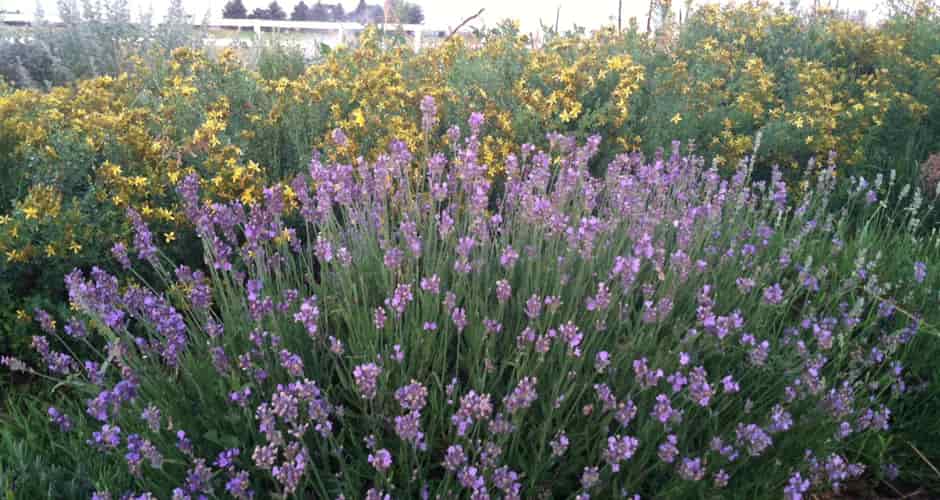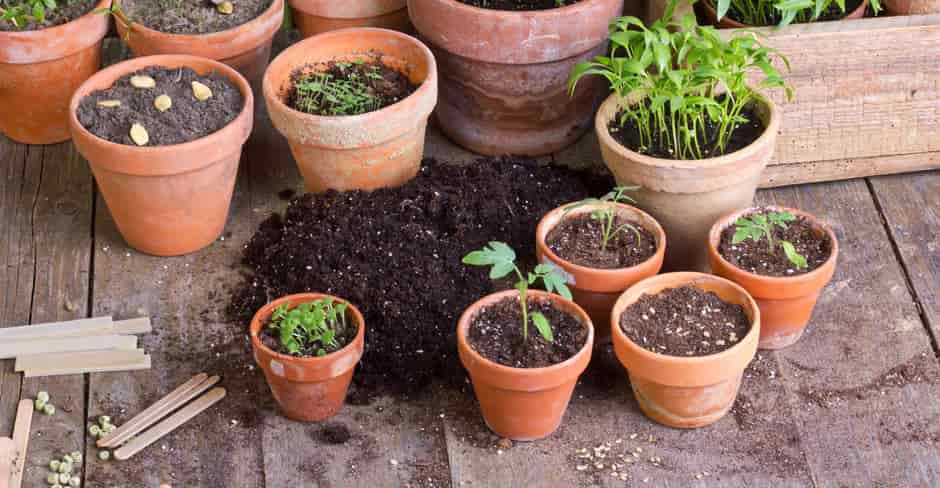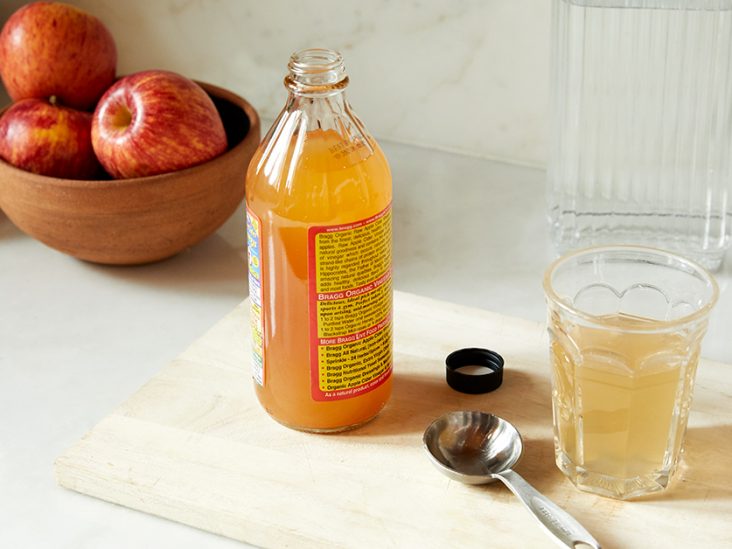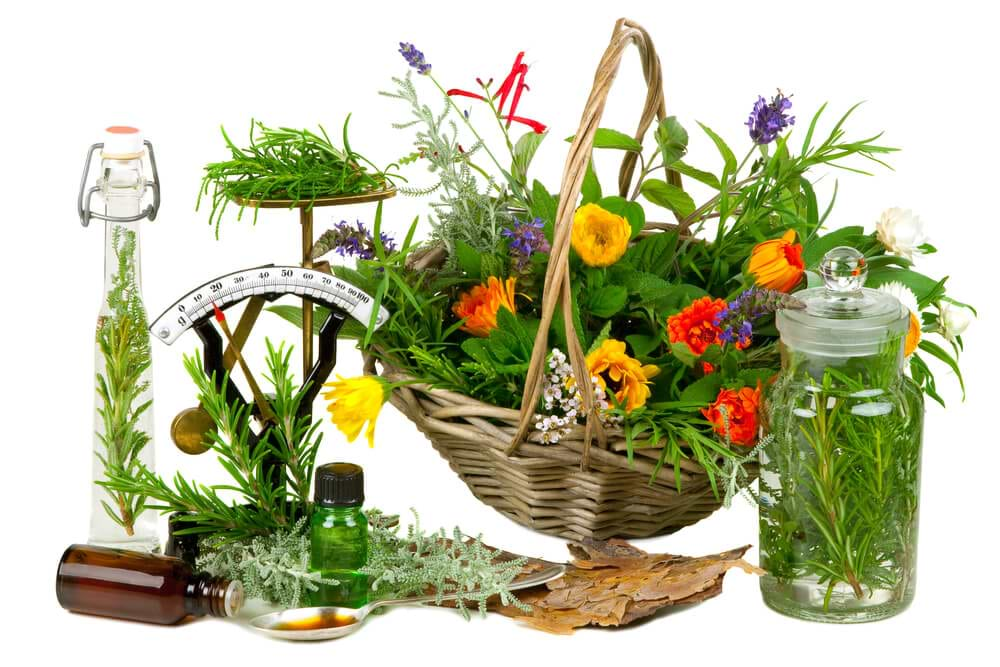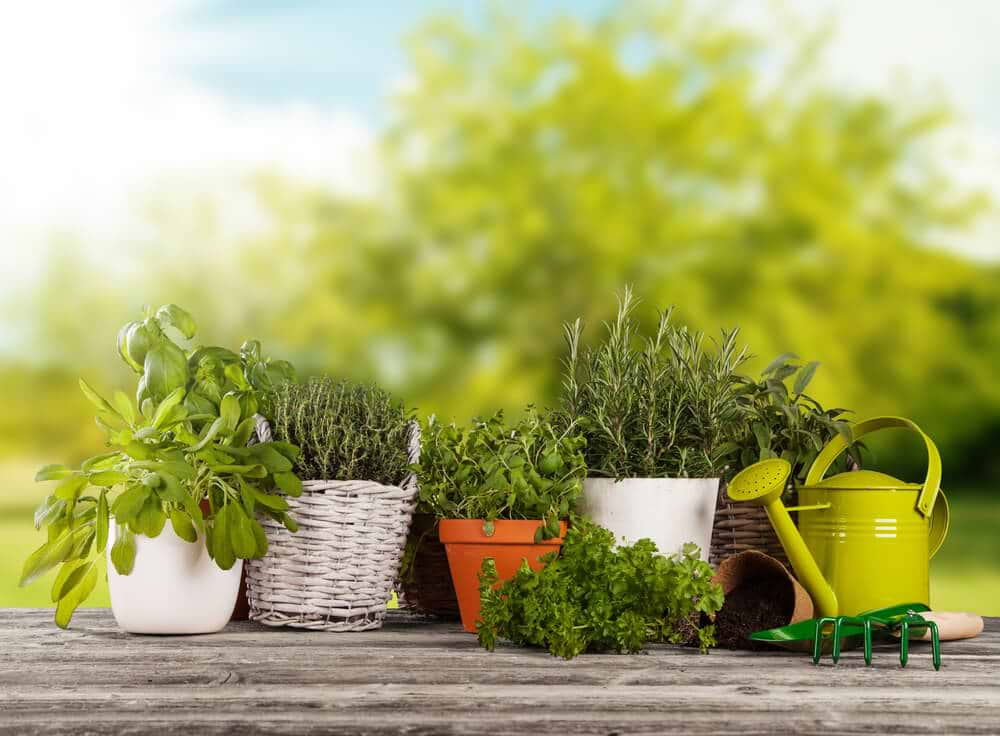Growing your own medicine is incredibly satisfying. You gain a closer connection to the plant, save money, and enjoy an abundant supply of herbs that you can use fresh, dried for tea, or even transformed into a tincture.
The first thing to consider with herbs is where to plant them. Whether you have a large vegetable garden in your yard, a window box, or just a pot on a brightly lit windowsill, you can still plant and enjoy fresh homegrown herbs.
All plants have similar basic needs for light, water, nutrients, and good quality soil. Seeds can be sown directly into the ground, or into small pots or trays where they will get a good start and protection if you are starting them when the soil is still cold. Planting at the right depth is important. As a general rule, smaller seeds should be planted close to the surface and larger seeds more deeply. Make sure you check the packet for the supplier's recommendations.
Seeds stand a better chance if they are sown into good quality soil, which is free of weeds and has a loose, crumbly texture to help those tiny roots develop. If you are planting into garden soil, the first step is to prepare the ground by weeding, picking out any large rocks, and lightly raking the surface so that it is level. Avoid sowing when the ground is waterlogged.
If your soil is very sandy or has a lot of clay, it is a good idea to add some commercial or homemade compost to improve texture and to add nutrients. If you are sowing into pots or trays, simply fill them with good quality seed and potting soil. Sow in straight lines, drawing a narrow channel to the correct depth for your seeds. Sow finely by pinching a little seed in between pointer finger and thumb, sprinkling sparsely along the row. Tiny seeds can be mixed with a little sand to help space them out. Gently cover the seeds with fine soil and water lightly, using a rain spray attachment, if possible.
It is not essential to sow in a straight line, and plants look nice in drifts, but all baby plants tend to look very similar, and a neat row helps you identify your tiny herbs so that you can weed out any interlopers and avoid pulling up your carefully sown seed. It is important to add a label at the end of the row — we all think we will remember what we have planted, but it is remarkably easy to forget.
And now it is just a matter of time. If the weather is dry, water the seed bed every few days. Germination times vary, but you can usually expect to see tiny seed leaves erupting from the soil 2-4 weeks after sowing. Experience suggests that checking your seedbed every day doesn't speed germination, but it does add to the excitement when those first green shoots appear.
Writer Paula Grainger is a highly regarded British Medical Herbalist. After graduating with first class honours from The University Of Westminster, she created Lemon Balm, a popular Herbal Apothecary and Clinic in London's Camden Town. She has worked with people of all ages using herbs to enhance their health and wellness and has a wealth of experience in communicating the power of plants through her workshops and writing. In 2011 she moved with her husband (the novelist Michael Marshall Smith) and their young son to Santa Cruz, California where, when she is not growing herbs or making herbal preparations, she continues to share her love and expertise of plant medicine with people on both sides of the Atlantic. Her first book INFUSE (co-written with Karen Sullivan) will be published in Spring 2016.
For educational purposes only. This information has not been evaluated by the Food and Drug Administration. This information is not intended to diagnose, treat, cure, or prevent any disease, or to sell any product.
Recommended Products
Further Reading
